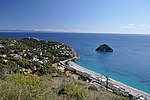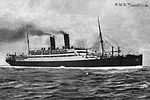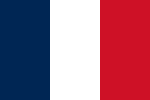MT Haven
1973 ships1991 disasters in Italy1991 in ItalyAmocoIMO numbers ... and 9 more
Maritime incidents in 1987Maritime incidents in 1988Maritime incidents in 1991Maritime incidents in ItalyOil spills in EuropeOil tankersShips built in SpainShips of BPShipwrecks in the Mediterranean Sea
MT Haven, formerly Amoco Milford Haven, was a VLCC (very large crude carrier), leased to Troodos Shipping (a company run by Loucas Haji-Ioannou and his son Stelios Haji-Ioannou). In 1991, while loaded with 144,000 tonnes (1 million barrels) of crude oil, the ship exploded, caught fire and sank off the coast of Genoa, Italy, killing six Cypriot crew and flooding the Mediterranean with up to 50,000 tonnes of crude oil. It broke in two and sank after burning for three days.
Excerpt from the Wikipedia article MT Haven (License: CC BY-SA 3.0, Authors).MT Haven
Geographical coordinates (GPS) Address Nearby Places Show on map
Geographical coordinates (GPS)
| Latitude | Longitude |
|---|---|
| N 44.22 ° | E 8.46 ° |
Address
Italia
Italy
Open on Google Maps











